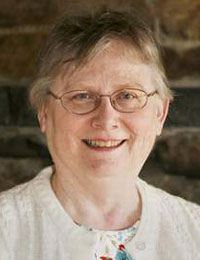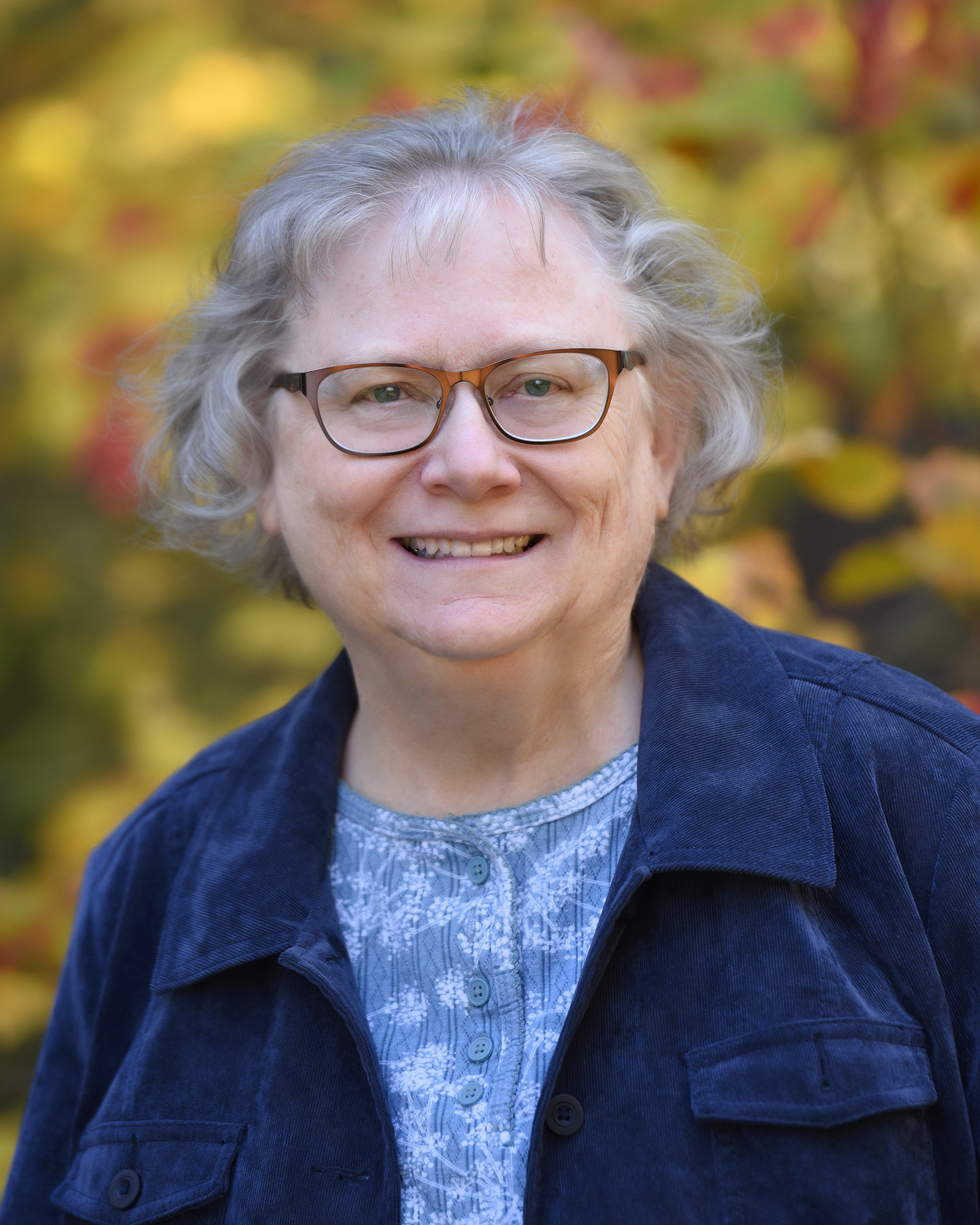 Genealogical articles, such as those published in the Register, very often address a problem or omission from a previously published genealogy. The author explains the problem, describes methods and sources used to address it, reports results and, then, if the answer is not clear cut, presents an argument as to why one conclusion is preferable to another.[1]
Genealogical articles, such as those published in the Register, very often address a problem or omission from a previously published genealogy. The author explains the problem, describes methods and sources used to address it, reports results and, then, if the answer is not clear cut, presents an argument as to why one conclusion is preferable to another.[1]
Every family has its share of complications that need to be addressed in their genealogy. The most common egregious element of nineteenth-century genealogies, in particular, is the claim of English/royal ancestry. Over time, nearly all of these claims have been critically re-examined in some way, usually published in one of the genealogical periodicals, sometimes in a new version of the book. Did the old book provide traceable proof or was it something the author got from somebody who got it from somebody else? but despite the lack of proof, the claim has been repeated so often that it is now “Gospel”? Has the author of the “newer” book taken any time to track down and corroborate these old claims or is he just passing it all forward?
The best way to learn how it should be done is to regularly take a little time when you are in the library (or look at digital versions online) and read some of the “classics”...
Does the author provide notes and reasons for estimated facts (death between dates of will and probate) or relationships (“probably son of [because…]”)? Does she discuss conflicting sources (Jones says he was born in 1678, but Smith says 1680)? then, has she tried to reconcile the conflict (1680 cannot be the correct date as his mother died in 1679)?
The best way to learn how it should be done is to regularly take a little time when you are in the library (or look at digital versions online) and read some of the “classics” (whether or not they are talking about your own family), such as: Donald Lines Jacobus, Hale, House and Related Families[2]; Walter Goodwin Davis’ series of books on the ancestry of each of his 16 great-great-grandparents, collected in Massachusetts and Maine Families in the Ancestry of Walter Goodwin Davis[3]; Mary Lovering Holman, Stevens-Miller[4]; and Mary Walton Ferris, Dawes-Gates.[5]
Also, try to make a habit of reading all the articles in every new issue of the Register and other genealogical periodicals – again, regardless of whether they concern, or seem like they might concern, your family. You will quickly broaden your horizons, and you will probably find some interesting reading.
Next week, we will talk about “Completeness and Restraint.”
Notes
[1] See, for example, Barry E. Hinman, “Untangling the Ancestry of the Two Men Named Abraham Andrews in Waterbury, Connecticut,” The New England Historical and Genealogical Register 169 [2015]: 13–15.
[2] Donald Lines Jacobus et al., Hale, House and Related Families, Mainly of the Connecticut River Valley (Hartford: Connecticut Historical Society, 1952).
[3] Walter Goodwin Davis, Massachusetts and Maine Families in the Ancestry of Walter Goodwin Davis…, 3 vols. (Baltimore, 1996).
[4] Mary Lovering Holman, Ancestry of Col. John Harrington Stevens & his wife Frances Helen Miller, 2 vols. (Concord, N.H., 1948–52).
[5] Mary Walton Ferris, Dawes-Gates Ancestral Lines, a Memorial Volume…, 2 vols. (Milwaukee, 1931–43).
Share this:

About Alicia Crane Williams
Alicia Crane Williams, FASG, Lead Genealogist of Early Families of New England Study Project, has compiled and edited numerous important genealogical publications including The Mayflower Descendant and the Alden Family “Silver Book” Five Generations project of the Mayflower Society. Most recently, she is the author of the 2017 edition of The Babson Genealogy, 1606-2017, Descendants of Thomas and Isabel Babson who first arrived in Salem, Massachusetts, in 1637. Alicia has served as Historian of the Massachusetts Society of Mayflower Descendants, Assistant Historian General at the General Society of Mayflower Descendants, and as Genealogist of the Alden Kindred of America. She earned a bachelor’s degree from the University of Connecticut and a master’s degree in History from Northeastern University.View all posts by Alicia Crane Williams →